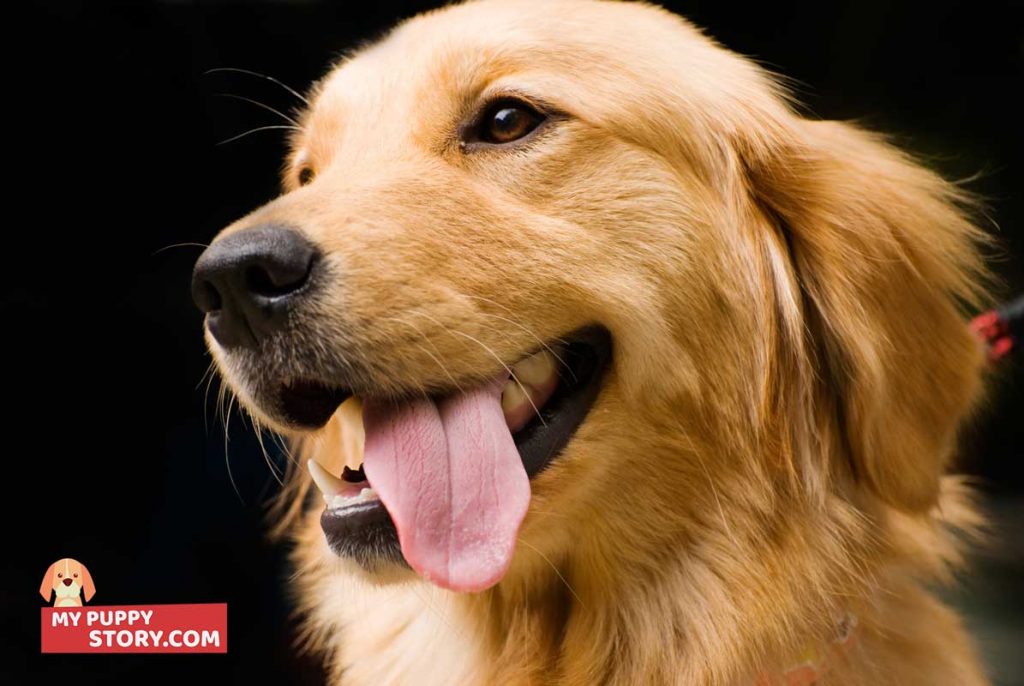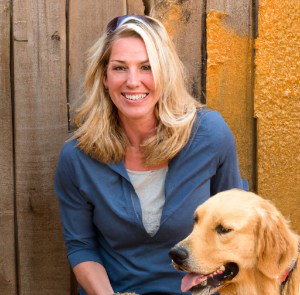March 30, 2019
The many dog breeds we see today have been developed through selective breeding programs. In order to develop dogs suitable for specific purposes, breeders found it necessary to breed for certain characteristics and these sometimes included deformities, defects, and mutations. Genetic Disease in Purebred Dogs Examples of these include the Dachshund and the Basset Hound […]



